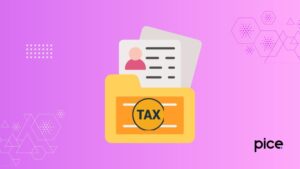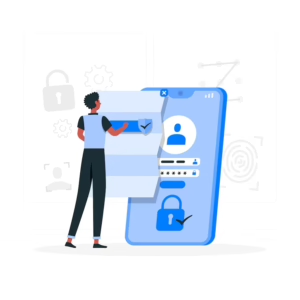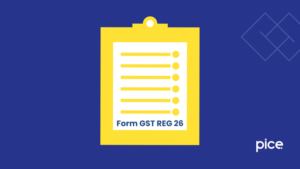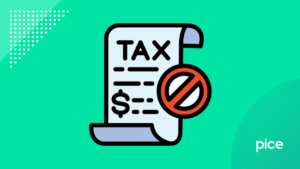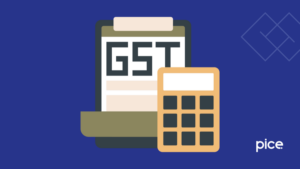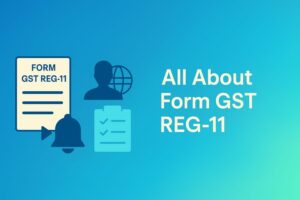How to Track GST Payment Status?
- 5 Sep 24
- 9 mins

How to Track GST Payment Status?
Key Takeaways
- Tracking GST challan payment status ensures your tax payments are processed correctly and on time.
- Both individuals and businesses can monitor GST payment status via the GST portal, either before or after logging in.
- Various GST payment statuses, like "Paid," "Failed," or "Expired," provide crucial information about the payment’s progress.
- Actions like re-initiating payment or generating a new challan may be necessary if a payment fails.
- The CPIN is generated before payment, while the CIN is issued after successful GST payment.
Checking your GST challan payment status is essential in order to make sure that your tax payments are correctly processed and are on time. Normally, it takes only a few hours for the payment to be reflected in the GST portal after the payment is completed.
So, if you are a business owner or an individual taxpayer, you need to know how to check your GST payment status. This blog will provide a comprehensive step-by-step guide which will help you keep an eye on the status of your GST payment and ensure an efficient GST payment experience.
Who Can Monitor GST Payment Status?
Here are the ones who can track the current status of a GST payment:
- E-Commerce who collects taxes
- Inter-state suppliers of goods and services
- Intra-state suppliers of goods and services
- Person liable for TDS deduction
- Those who have filed returns late
- Anyone making other payments required under the GST Act
💡 If you want to pay your GST with Credit Card, then download Pice Business Payment App. Pice is the one stop app for all paying all your business expenses.
Steps to Track GST Payment on the GST Portal
There are two ways of tracking online payments on the GST Portal:
- Steps for GST Payment Track Before Logging In
Here's how you can track the GST payment details via the official portal before logging in:
Step 1: Visit the GST portal and navigate to the homepage. You do not need to log in right away to check the payment status. Navigate to the ‘Services’ tab on the top bar. Then click on the PAYMENT button, and select ‘Track Payment Status’.
Step 2: Enter your GSTIN and CPIN. After providing these details, you will be prompted to enter a captcha code. Click 'Track Status' to proceed.
Step 3: Your payment status GST will be displayed as either "Paid" or "Not Paid."
- If the status is ‘PAID’: You can click the ‘View Receipt’ button to see and download your receipt by clicking on ‘Download.’
- If the status is ‘NOT PAID’: You can save the payment details in an offline mode by clicking ‘Download.’ To check the list of challans, click ‘View Challan,’ and you can also save it by clicking on ‘Download.’
- Steps for GST Payment Track After Logging In:
The following is a stepwise process you need to follow with due diligence in order to track details of GST payment online after logging in via the portal:
Step 1: Go to the GST portal and log in using your username and password.
Step 2: Click on the ‘Services’ tab, then go to the ‘Payments’ section and select ‘Challan History.’
Step 3: Search for your challan by CPIN or date.
You will find a list of all challan payment status.
Understanding GST Payment Challan Status
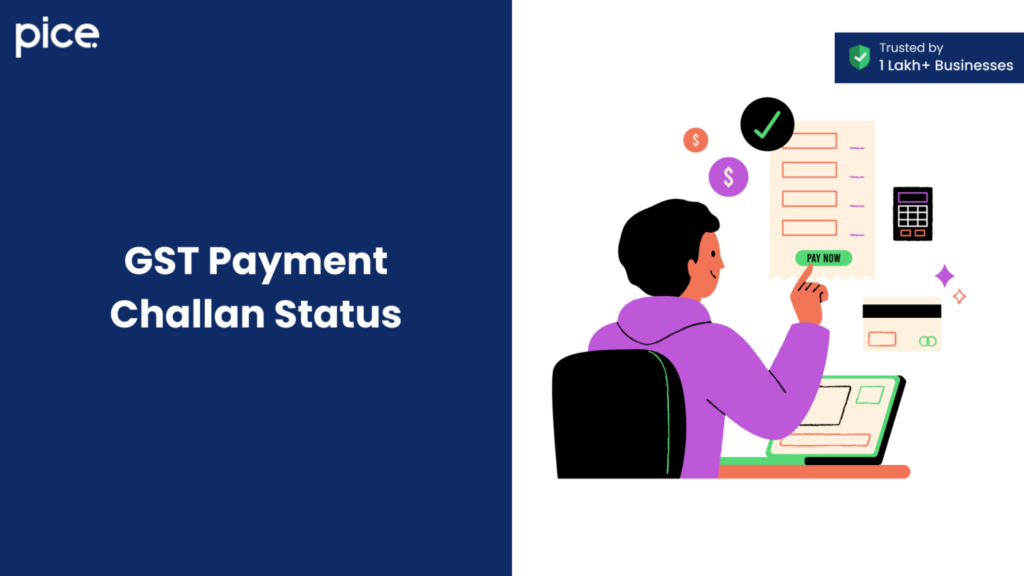
Here are the different types of GST payment challan status you may witness on the online GST portal:
- Incorrectly Filled Challans:
If CPIN is not generated, you can amend the incorrect challan within 7 days. If a CPIN has been generated, create a fresh GST challan as the incorrect one will expire after 15 days.
- Paid/Successful Payment Challans:
If the payment is successfully processed, the online challan payment status will get updated to “Paid”. Then, a Challan Identification Number (CIN) is generated and sent to the registered taxpayer. You can view and download this payment receipt from the online portal.
- Not Paid
Such a status denotes that the challan is not yet paid even if it is created. That means payment is pending. In such a case, you can use the proper mode of payment to complete the process.
- “Failed”
In case of technical difficulties, transaction errors or insufficient balance while making online GST payments, you will see a status of “failure”. If this happens, you will need to create a new invoice and try to get paid again. To retry the payment for a failed challan, select your preferred bank, agree to the terms and conditions, and click the 'MAKE PAYMENT' button.
- Paid at Tax Office
This payment status GST is shown when the payment has been made at the counter of the Commercial Tax Office, indicating that the payment is processed manually and recorded.
- Awaiting Bank Confirmation
This status indicates that the payment is made online via internet banking, with a maker-checker system and the system is waiting for the checker to authorise.
- Awaiting Bank Clearance
This status is used when a demand draft or a cheque in favour is deposited over the counter. It indicates that the payment is pending bank clearance.
- Expired
If the GST payment transaction is not initiated within 15 days of generating the challan, the status will be marked as 'Expired'. You will need to generate a new challan for payment.
- Cheque/DD Dishonoured
This status means that the cheque/ demand draft has been dishonoured for insufficient funds or any other reasons. You will need to settle the matter with your authorised bank and create a new challan.
- Transaction Failed
Similar to the 'Failed' status, this indicates that the transaction initiated through internet banking or credit/debit card has failed. You will need to retry the debit transaction once again.
Actions to Take if GST Payment Fails
There are several modes of payment through which you can pay GST. However, if your GST payment fails after entering the details correctly, you can follow these steps to resolve the issue:
- Challan for Cheque Payment
Always generate challans online for any payment mode and use the printed challan for Over-the-Counter payments.
- Check for Multiple Transactions
If you have been debited more than once, check the Electronic Cash Ledger and contact the GST Help Desk. In case of only one debit, check with your bank and if funds are debited without a CIN, you can file a grievance using GST PMT-07 on the portal.
- Re-initiate Payment
If the initial payment attempt fails, then use a different account and initiate payment again. This can happen for any of the payment methods.
- Offline Payment Issues
If you made an offline payment after the challan expires, you need to generate a new challan. The expired challan will be rejected online, so request a refund from the bank and create a new challan.
- Server Issues
For payments affected by server issues, check your payment status in ‘Challan History’. If the status is ‘INITIATED’, the payment is in processing. If it has ‘FAILED’, create a new challan. The debited amount may be updated or credited back within 24 hours irrespective of the payment methods.
- Cheque Payments
When paying by cheque in the Over-the-Counter method, make sure that the cheque is in favour of ‘GST Payments’.
What Is CPIN? How Is CPIN Different from CIN?
The CPIN (Common Portal Identification Number) is a 14-digit number generated before GST payment, while the CIN (Challan Identification Number) is a 17-digit number issued after GST payment.
One must note that CPIN is issued at the time of online CGST challan generation. At this point, the user has the option to write and edit before finally sending it.
Once you have verified all the submitted data, you can then proceed with submitting the invoice. Upon submission, the GST portal system generates the unique 17-digit CIN number as payment. Inside, it includes a 14-digit CPIN and a 3-digit bank code.
The Bottom Line
To sum up, tracking your GST challan payment status is a crucial step when it comes to ensuring timely compliance and avoiding penalties. By regularly checking the GST portal, you can ensure GST payments are processed correctly and address any issues promptly, maintaining smooth business operations and financial health.
 By
By 






